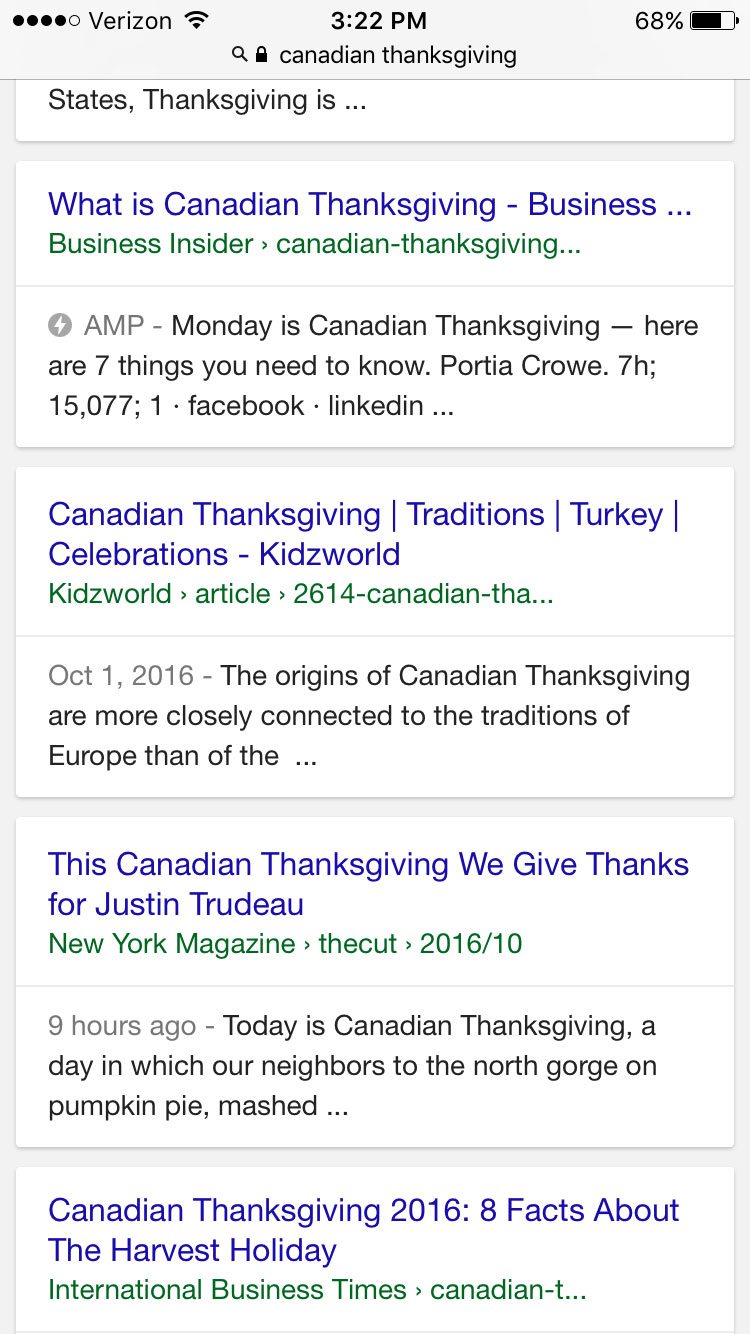Monthly Industry Roundup: September 2016

Location3 News: September was chock full of changes for our experts to tackle in the SEO universe. Google was especially busy, including rolling out updates to its local ranking filter as well as its long-awaited Penguin filter. Location3 Head of SEO Scott Feldman takes a closer look at what you can expect from the major change.
Chairman Andrew Beckman continued his contributions to Search Engine Land with a column on how domain structure can help multi-location brands enhance their local SEO strategy.
Digital Shoptalk took to the road again, this time discussing co-host Alex Porter’s presentation to the Team USA National Governing Body in Colorado Springs. Porter and co-host Josh Allen discuss how Team USA can better leverage the Big 5 of social media.
The Location3 team capped off a busy September with one of its most cherished traditions: Golf Day. As you can see, this event’s competitive spirit is trumped only by its devotion to team unity.
WHAT’S HAPPENING IN LOCAL?
Google Filtering Local Businesses with Varied Success
Over the years Google has continued to experiment with the levers that control their local listing machine. At times, the control room at Google seems to be asleep as listing spam runs wild, while at other times, Google appears to over-filter the results. The Possum update that was released on September 1, 2016, is another example of Google testing their various levers to yield the best search results. Some reports have shown listings from the same company filtered out, spam listings removed, and even businesses outside the city limits now becoming prominent. At the same time, some results remain unchanged, so this is something everyone will continue to watch as the dust settles.
Yelp Now Showing Review Summaries

If you have more than 10 reviews, Yelp will provide a 2-3 sentence summary of them toward the top of the Yelp business profile. While this has been Google’s strategy for years, Yelp is now tightening up their pages, reducing the room needed to display these reviews. This may be a play to make their listings more mobile friendly, to make room for future listing enhancements or additional paid opportunities – we’re leaning toward the mobile play here.
WHAT’S HAPPENING IN DISPLAY?
Google Location Extensions Show Potential to Increase Foot Traffic
At Advertising Week this month, Google made some pretty big announcements, location extension ad formats, and cross-device targeting. The location extension creative will allow advertisers to pull in information from the Google My Business accounts into their ads and tie performance to the in-store level. Cross-device reporting has been available in both GDN and DBM for a little while now, but this new change allows you to target your ad placements to one user across multiple devices.
WHAT’S HAPPENING IN VIDEO?
Research Shows TV Advertisers Investing More in Digital Media

The traditional media space continues to change. Recent reports show that of the almost 5,600 marketers that placed commercials on network television in the first half of 2016, 60 percent invested in digital media platforms. In total, 49,305 advertisers invested in digital platforms with only 7 percent of those investing in traditional TV spots. While total ad spend still favors traditional media, the trend away from traditional television viewing is expected to soon tip the scales in favor of digital media formats.
This article from MediaPost share some additional insight into how our media consumption habits have changed: Per Nielsen, the average number of TV channels viewed: 19.8. The average number of internet sites visited monthly: 55. The average number of mobile phone apps used: 28. Viewers, although given more channel choices than ever, are increasingly using alternative sources for news, entertainment and other roles traditionally reserved for TV.
WHAT’S HAPPENING IN SOCIAL?
Facebook Admits to Error in Reporting
A report was recently released that Facebook overestimated the length of time consumers have spent with ads on its platform by as much as 80 percent. Facebook was taking the total time divided by the number of views that were more than 3 seconds long. By disregarding views that were fewer than 3 seconds, Facebook didn’t account for an issue at the crux of a successful online ad: “Why aren’t they watching?” Publicis found the error in their reporting, and Facebook has since come clean about the botched calculations.
WHAT’S HAPPENING IN SEO?
Google Showing Fewer Image Search Results
Barry Schwartz of Search Engine Land noted on September 16 a sudden drop in image results on Google search queries. Moz and RankRanger are showing a 50-percent drop, leading SEOs to speculate that the change is a conscious decision by Google and not simply a bug. Google has yet to comment on the change.
Google Including AMPs In Organic Search Results

Google continues its endorsement of Accelerated Mobile Pages (AMPs) as it’s now including the mobile-friendly pages in its organic search results. When searching on a mobile device, a searcher now will see the AMP version of a page, if it exists. This means publishers will have to adapt to an AMP-centric approach, where content can be consumed at a faster rate without using as much data.
WHAT’S HAPPENING IN CONTENT?
How Can You Use Altered Reality for Your Marketing?
Altered reality refers to augmented reality (AR) and virtual reality (VR) products that recently have hit the mainstream. The most notable example of an altered reality product is Nintendo’s Pokemon Go, which combines elements of both AR and VR. With the wild success of Pokemon Go, you can be sure that brands around the world are trying to recreate that all-consuming buzz through their own altered reality campaign. Brent Csutoras of Search Engine Journal takes a look at some of the earliest successes, including a Viking Footwear magazine ad and Marriott’s virtual honeymoons. Altered reality is no longer a futuristic wonder, it’s a tangible technology capable of changing how we interact with products and mediums.
Stay In Touch.
Subscribe to our monthly email newsletter.
